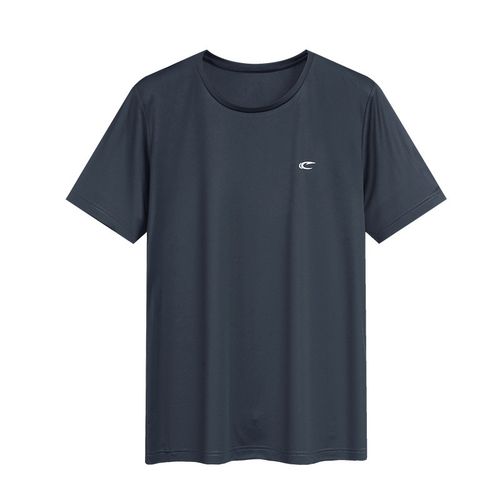The coat is an essential item in autumn and winter. Proper maintenance can extend the service life of the coat. Repairing zippers and patching worn areas are two common issues during outerwear care. Below, I will reveal some jacket care tips, including how to repair zippers and sew worn areas:
Repair zippers:
1. Lubricate the zipper: If the zipper is stuck or doesn’t pull smoothly, there are a few ways to lubricate it. You can use a lubricant (such as a candle, grease with lubricant, etc.) to apply to the gears of the zipper. Then pull it several times until the zipper returns to normal.
2. Replace the zipper teeth: If the zipper teeth are seriously damaged beyond repair, you can consider replacing the zipper teeth. Find the new zipper teeth of the corresponding size, use the appropriate tools to remove the original zipper teeth, and install the new zipper teeth.
3. Fusion of broken zipper pullers: Sometimes zipper pullers break due to impact or other reasons. You can heat the broken zipper head with fire, then quickly merge it with the zipper teeth, clamp it with pliers, and wait for cooling. This will secure the broken zipper pull back together.
Sew worn areas:
1. Choose appropriate sewing tools: For minor wear, you can use a hand sewing needle and thread. repair. For larger areas of wear, a sewing machine or professional sewing service may be an option.
2. Prepare appropriate patching materials: Select appropriate patching materials according to different damaged parts. For example, if there is a hole in the fabric, you can use a fabric that matches the jacket to patch it; if it is a frayed leather, you can use a leather patch. Make sure the material texture and color you choose matches the coat.
3. Correct sewing method: Before sewing, clean the damaged area and make sure there are no other impurities around it. Then use a needle and thread to sew, and you can choose different sewing methods such as flat seam, envelope seam or dense weave seam. Make sure the seams are tight and try to make the repaired area as indistinguishable from the original material as possible.
Other maintenance tips:
1. Regular cleaning: choose the appropriate cleaning method according to the material of the coat to keep the coat clean and fresh . Carefully follow the directions on the cleaning label to avoid damaging the fabric.
2. Correct storage: When not wearing coats, they should be stored correctly. Hang the jacket away from prolonged squeezing to prevent the garment from losing its shape.
3. Regular maintenance: Carry out regular maintenance according to the material and special needs of the jacket. For example, treat leather jackets with appropriate leather conditioners and give fabric jackets a professional dry cleaning.
With proper care and repair, you can extend the life of your jacket and keep it looking good and comfortable at all times. Be sure to follow proper care tips to ensure the long-lasting and high quality of your coat.







